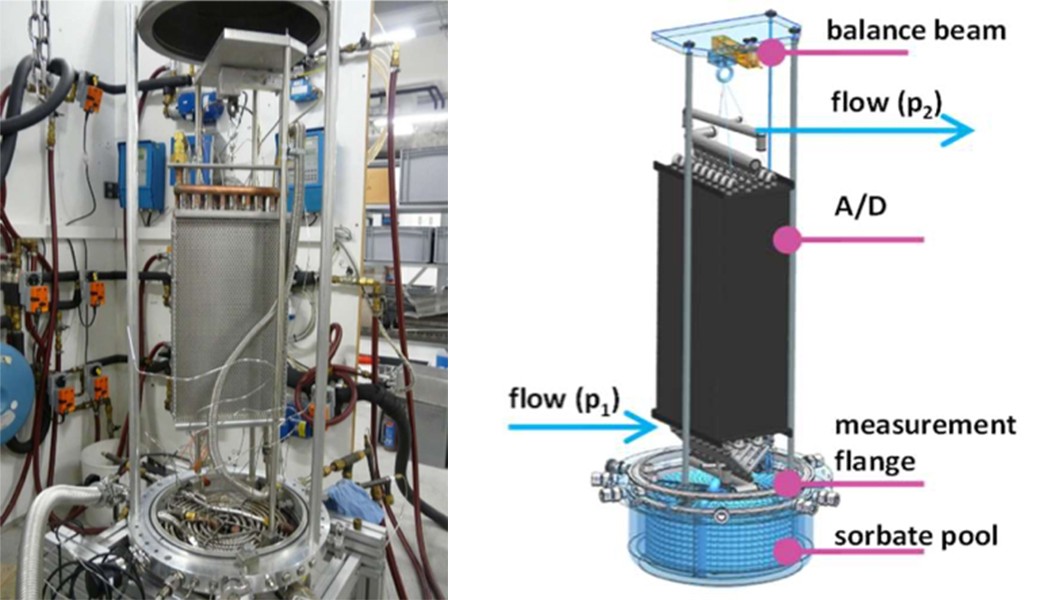Half of all energy in Switzerland is consumed for the heating and cooling of buildings, the production of hot water or the driving of industrial processes. If we exclusively look at electricity consumption, 40 % of this is used for heating and cooling rooms or materials. And this energy still primarily comes from fossil sources and nuclear energy. “If thermal energy was used more efficiently, this would reduce both CO2 emissions and our dependence on nuclear energy”, says Andreas Häberle, a Professor for Renewable Energies and Environmental Technology at the University of Applied Sciences Rapperswil.
Among other things, more efficient use means making more systematic use of waste heat. At present, valuable heat energy is still lost in many places. This could be collected using so-called adsorption heat pumps. These could, for example, collect waste heat from factories or computer centres or increase energy from solar thermal systems. Until now, however, the use of such systems has failed due to their high investment costs. For this reason, Häberle and his research team have further developed the design of adsorption heat pumps in a sub-project of the joint project “Heat utilisation with solid sorption technology”. They equipped the interior of the system with newly developed, optimised components and in doing so improved the heat flow within the system. This makes the newly designed heat pump more efficient and economical than previous systems.













